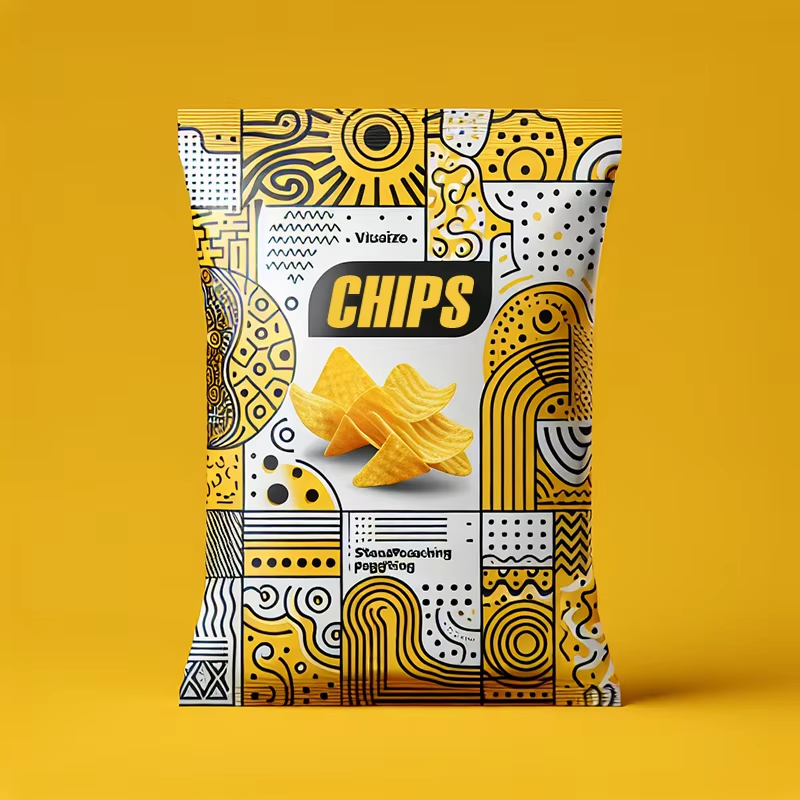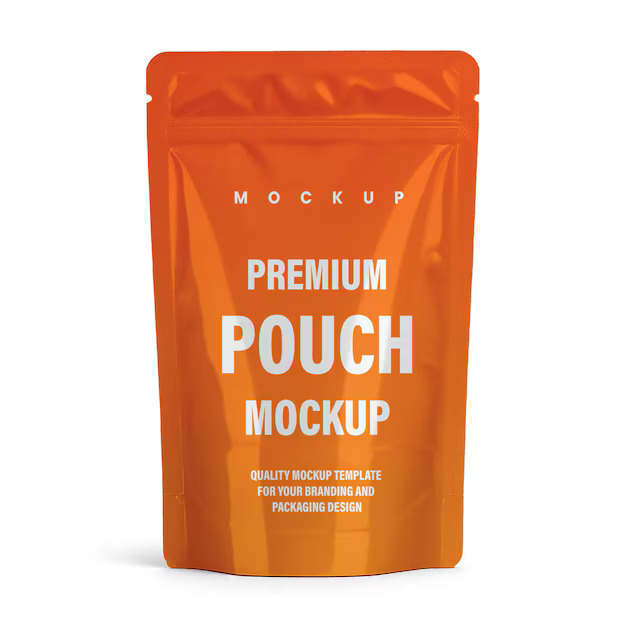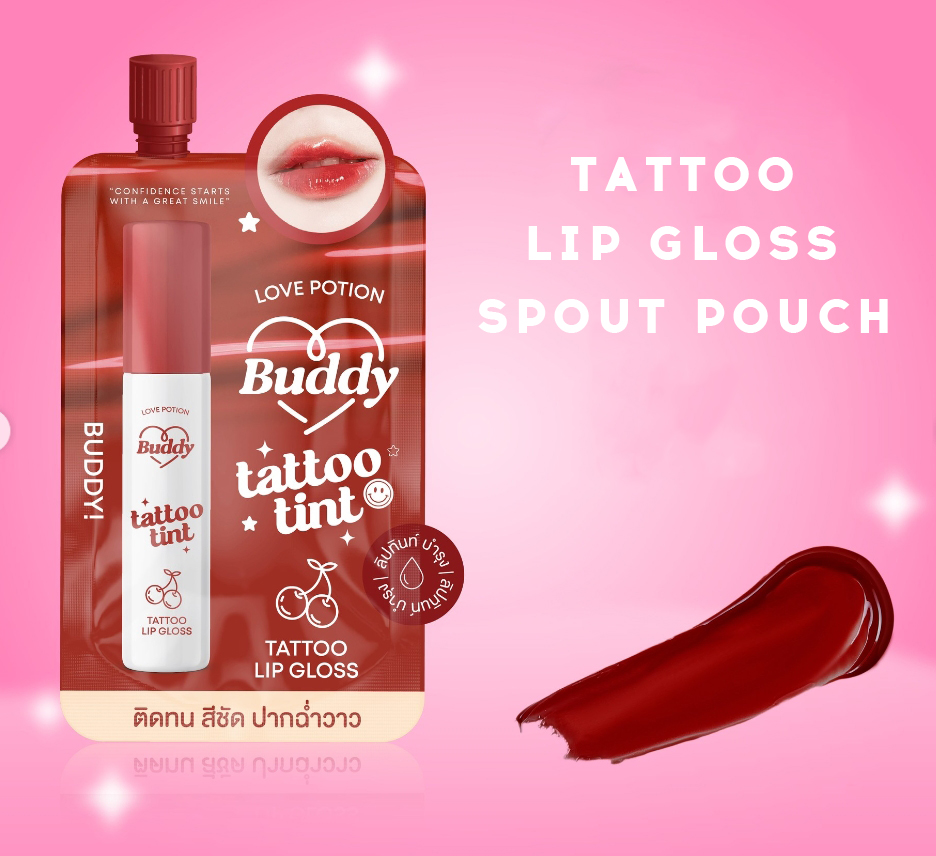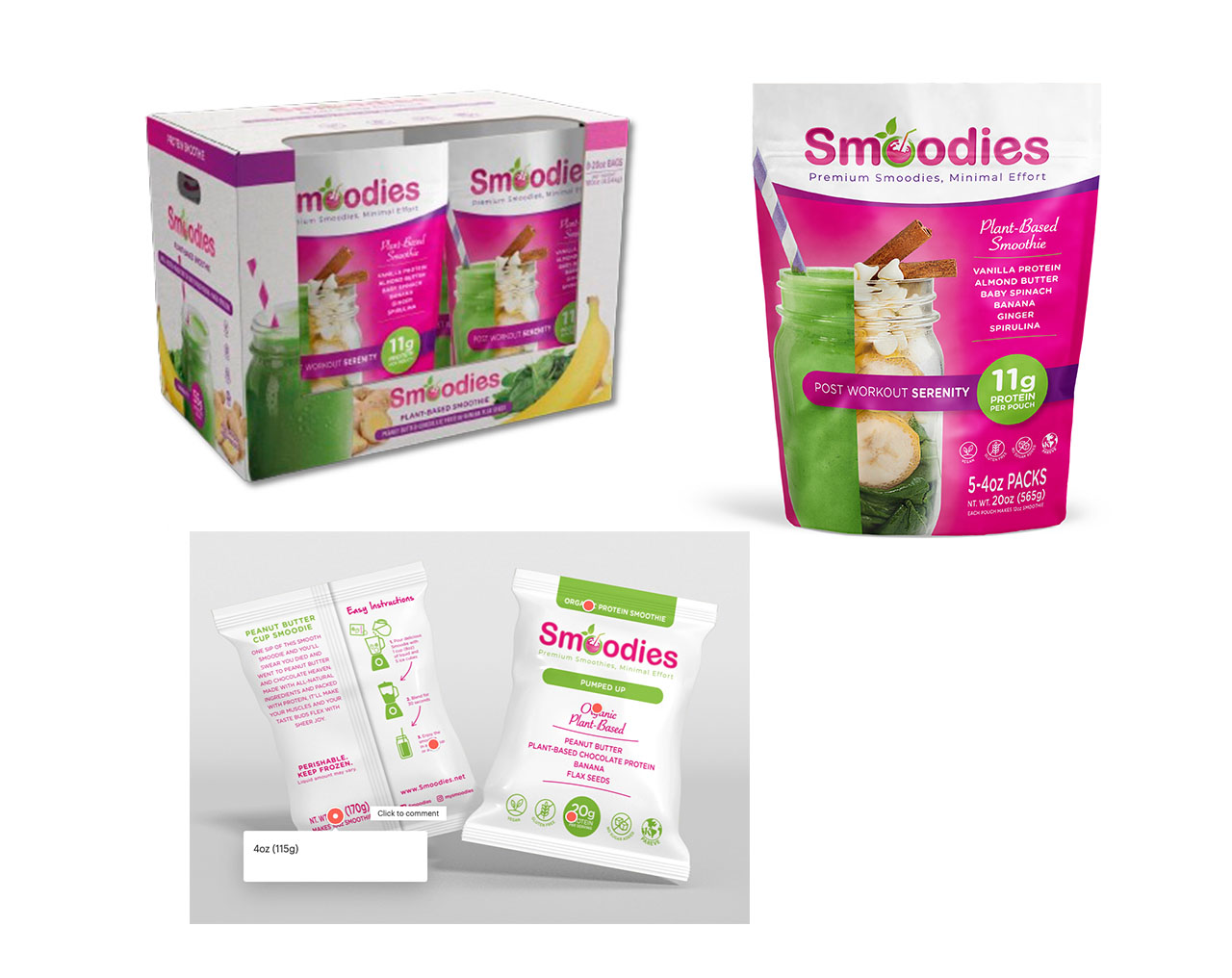A Comprehensive Guide to Food Packaging Bags and Films: From Production to Automation
Views : 472
Update time : 2023-12-08 10:42:50
I. Materials Used in Food Packaging:
a. Polyethylene (PE):
- High-density polyethylene (HDPE) and low-density polyethylene (LDPE) are commonly used for their durability and flexibility.
b. Polypropylene (PP):
- Known for its high heat resistance and barrier properties, PP is suitable for packaging a variety of food products.
c. Polyethylene Terephthalate (PET):
- PET is widely used for its transparency and excellent oxygen barrier properties, making it ideal for packaging beverages and snacks.
d. Aluminum Foil:
- Aluminum foil provides an effective barrier against moisture, light, and gases, enhancing the shelf life of perishable goods.
e. Biodegradable Materials:
- As environmental concerns rise, the use of biodegradable materials such as PLA (polylactic acid) is increasing.
II. Production of Packaging Materials:
a. Extrusion:
- The extrusion process involves melting plastic resins and forming them into sheets or films. Different polymers are combined to achieve specific properties.
b. Printing:
- Packaging materials often undergo printing processes for branding, nutritional information, and regulatory compliance.
c. Lamination:
- Laminating multiple layers enhances the barrier properties, strength, and overall performance of the packaging material.
III. Automatic Packaging Machines:
a. Form-Fill-Seal (FFS) Machines:
- FFS machines form the packaging, fill it with the product, and seal it in a continuous process, improving efficiency.
b. Vertical Form-Fill-Seal (VFFS) Machines:
- These machines are suitable for packaging a variety of products, including powders, liquids, and solids, in bags of different sizes.
c. Horizontal Form-Fill-Seal (HFFS) Machines:
- HFFS machines are designed for packaging products in a horizontal direction, commonly used for sachets and pouches.
d. Vacuum Packaging Machines:
- Vacuum packaging removes air from the package to extend the shelf life of perishable goods by slowing down the oxidation process.
IV. Quality Control and Compliance:
a. Regulatory Compliance:
- Food packaging must adhere to strict regulations regarding safety, hygiene, and labeling.
b. Quality Assurance:
- Advanced technologies
 Sustainable Shift: The Rise of Biodegradable Packaging Materials in the Food Industry
Sustainable Shift: The Rise of Biodegradable Packaging Materials in the Food Industry
 The Impact of Modified Atmosphere Packaging on Food Preservation
The Impact of Modified Atmosphere Packaging on Food Preservation
 Unveiling the Advantages of Tattoo Tint Packaging: A Perfect Blend of Sustainability, Style, and Functionality
Unveiling the Advantages of Tattoo Tint Packaging: A Perfect Blend of Sustainability, Style, and Functionality
 The Evolution of Food Packaging: From Pouches to Display Boxes
The Evolution of Food Packaging: From Pouches to Display Boxes